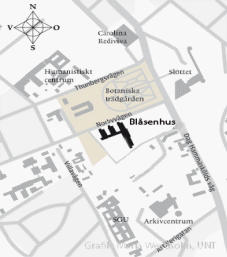-
-
-
URL of this page is
www.skeptron.uu.se/mb/research.htm
Mikael Börjesson – Research
Research domains
Research projects and networks
My research in Sociology of Education is primarily rooted in a French tradition that originated among the Durkheimians and was further developed in the works of Pierre Bourdieu and his colleagues.
Within this tradition education and its institutions, content, forms, functions and connections to other parts of the social world, are regarded not only as social facts in the classical Durkheimian sense but as residing within spaces that need to be mapped in order to make the individual phenomena comprehensible. To be more concrete: in order to explain, for example, what goes on in a certain school or a certain university study programme it is fruitful to examine the location of that school or that study programme within a larger educational field, with its hierarchies and polarities separating schools and programmes. Further, when pupils, students, teachers or administrators are researched, their positions and trajectories should also be “plotted” into the “map” of the social space, i.e. the overall system of relations between social groups.
Such methods, focusing on relations between social phenomena rather than on these phenomena as purely individual ones, require a rupture with various conceptions that are taken for granted in everyday views on education or in the political debate. Statistics is a well-tried vehicle to achieve such an epistemological break. In face of hard numbers or structures that emerge out of analyses of substantial datasets, the researcher is forced to reconsider many presumptions (including his or her own).
Comparison is another indispensable principle in the study of, for example, educational fields and their connections to the wider society: comparisons of various subfields, of national fields in different countries, of different social groups’ educational strategies, of strategies employed by competing educational institutions—and not the least comparisons over time. Time-series and other tools for analysing historical changes are of key importance to the kind of studies that I have undertaken or directed, in which a large number of scholars with a background in history or economic history have participated.
Even if statistical methods in many cases are indispensable in order to grasp the spaces or fields that encompass the individual objects of study, we have also made massive use of interviews, questionnaires, observations and document analyses. However, regardless of the methods employed a main purpose has always been to relate the specific phenomena to a wider societal context.
Four key areas in my research are: 1) transnational educational strategies and the internationalisation of higher education, 2) fields of education, 3) fields of culture, 4) prosopography, large-scale data-sets and geometric data analysis. These four research areas can be seen as important parts of an overarching research programme in Sociology of Education.
![]()
URL to this page is www.skeptron.uu.se/mb/research.htm

